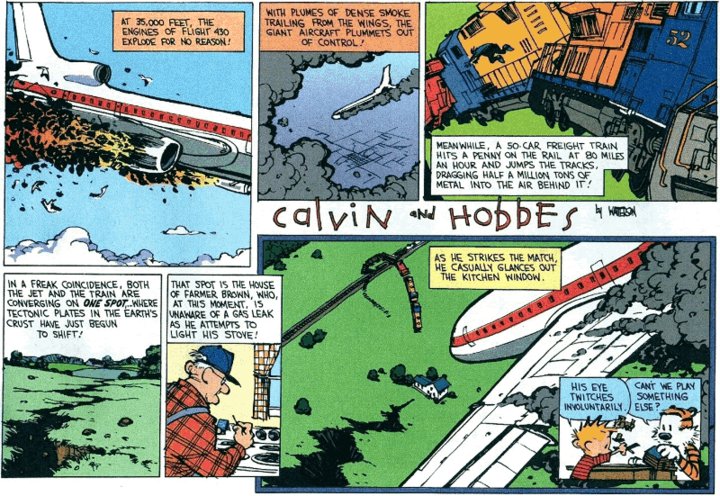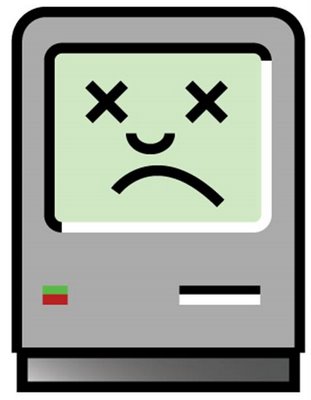
On June 30, 1963, comedic actor Don Knotts shot himself in the head with a .38 caliber revolver during the live airing of The Ed Sullivan Show.
Ironically, at the conclusion of the opening monologue, Sullivan remarked, “I’m really excited about tonight’s show. I think everyone is going to be talking about it around the water cooler in the morning.” At the time, everyone that heard the words simply thought it was just vapid self-promotion. Everyone that is, except for Knotts, listening to a feed of the show backstage in the green room.
The show began normally. The first segment featured, a trained poodle act from Waukesha, Wisconsin that performed various flips, ball tricks, and riding tricycles while Stars and Stripes Forever played.
Witnesses said they saw Knotts out of the dressing room, pacing around backstage chain smoking. When asked if something was wrong, Knotts just called it “anticipation”, saying he “just want[ed] to get on with it”.
Knots was scheduled to reprise his Barney Fife character in a skit where Ed Sullivan gets stranded in Mayberry, followed by a brief interview.
Coming back from commercial, the show opened with a whistling bars of the Andy Griffith show, and a facsimile of police station set from the show. Knotts in his Barney Fife costume sat with his feet up on a desk and his hat pulled down over his face. Stage left, a door opened and Ed Sullivan walked in. Sullivan delivered his first line, “Excuse me. My car has broken down, and I was wondering if you could help me.” Knotts simply stood up and walked over to Sullivan and muttered something that the microphones couldn’t catch.
Sullivan looked a bit confused and repeated his line. Knotts looked disinterested, delivered some setup lines, allowing Sullivan to cue up the first big joke of the skit. Instead of delivering the punchline, Knotts said, “I’m not a clown.” Sullivan, visibly confused, repeated his line, and again, louder this time, Knotts said, ” I am not a clown.”
Sullivan, now angry, demanded Knotts say the scripted line. Instead, Knotts drew the revolver he had as part of his costume. He unbuttoned his breast pocket and pulled out two bullets, and proceeded to load the revolver.
Everyone in the theater was quiet. Sullivan eventually asked, “Are.. Are those real bullets, Don?”
“Oh yeah. Bought them myself. They’re the real deal.”
Sullivan put his arms out and tried to calm Knotts. Saying that no one was hurt, so everything would be fine, if he’d just put the gun down.
Instead of calming the situation, Knotts became more agitated. “I am not a clown. Do you understand that? I AM NOT A CLOWN!”, Knotts shouted.
The camera zoomed in on Knotts. He said he was tired of everyone thinking he was just a bumbling idiot. People on the street confusing his characters for him. Casting directors constantly casting him for the what is essentially the exact same role: The Clown. Tears welling up, he said he wanted to do drama. He wanted respect. “I did Shakespeare! Not Malvolio or Dogberry! I was King Lear! I was a good King Lear.”
He collected himself, took a deep breath, and then simply said, “I am not a clown.” He quickly raised the gun to his temple. Off camera, a man shouted, “Don! No!” Knotts repeated, “I am not a clown,” and pulled the trigger.
The crowd screamed, and camera spun and tilted. Quickly, the camera returned to Knotts’s body lying on the stage. Sullivan was standing next to him looking on in shock. Stagehands quickly gathered around Knotts’s body. After a few seconds, someone in a headset stepped in front of the camera while brandishing a clipboard in like a shield. As he moved towards the camera, he angrily shouted, “Turn the goddamn cameras off!”, before pushing the camera off from the image. The broadcast switched to a silent still title slide for the show. The smiling of caricature Ed Sullivan a gross mockery of the nightmare that has just unfolded live on national television.
Across the Eastern a Central time zones, CBS affiliates struggled to fill the dead air. Some stations tried to find kinescopes of literally anything. Cleveland’s WOIO aired an episode of the Dick Van Dyke show. Boston’s WBZ ironically aired the Andy Griffith show. New York’s WCBS just ran the silent slide for the rest of the hour. By the time the show was scheduled for the Pacific and Mountain time, a previous episode of the Ed Sullivan show was prepared and aired.
That night, CBS chief Hubbell Robinson ordered the kinescope of the episode destroyed. Without recordings, and general shifting of social tastes, Knotts and his suicide was forgotten.
The episode was considered lost until 1996, when surviving kinescope film was found in an attic in Saugatuck, Michigan.






